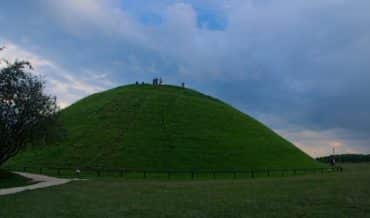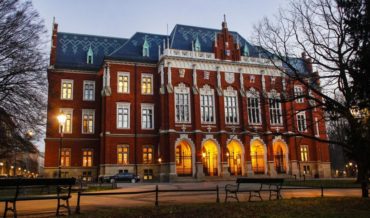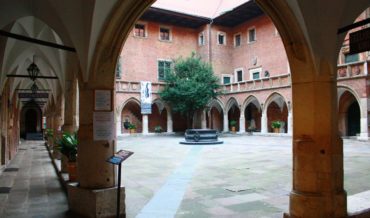mathematician, professor at the Jagiellonian University, social activist, born in Warsaw, died in Kraków. After graduating from high school, he entered the military, fought in the campaigns of 1809 and 1812-13. He was wounded, decorated with the Golden Cross of Virtuti Militari, artillery captain of the Polish Army, and then with the rank of major. He left for France, where he studied mathematics. In 1816 he took over the Department of Descriptive Geometry at the Krakow Academy, he was the first lecturer of descriptive geometry at this university. He also lectured in mathematics and astronomy, and in 1817 he became a professor. In Krakow, he was active socially. He is the co-author of the construction of the Kościuszko Mound. Defender of university interests in the forum of the House of Representatives of the Republic of Krakow. During the November Uprising, the head of the City Guard and the commander of the student battalion, the organizer of aid for the combatants, taught the drill, and organized the purchase of weapons, ammunition and medicines. This activity resulted in his arrest in 1831 and his removal from scientific and social work. He published a dissertation on “On the theory of stereometry, ie geometry and plotted”. For this he received a diamond ring from the Emperor of All Russia and the King of Poland. In the church of St. Anna, there is his epitaph table.
Suggested
Suggested contents and articles.
Suggested Contents
Flows through the city from the west to the east, below Kraków turns north-east. Flowing through the eastern end of the Grzbiet Tęczyński , it creates a amazing ravine. During a low water level, 26 cubic meters of water flow down the Vistula per second, during an average state of
- Knowledge Base
- February 10, 2021
Contents1 Kosciuszko Mound2 Krakus Mound3 Wanda Mound4 Pilsudski Mound The four Mounds of Krakow are forever inscribed in the landscape of the city and its surroundings. Two of them were built to commemorate Polish national heroes – Tadeusz Kosciuszko and Jozef Pilsudski. The real purpose of the other two’s creation
- Places to visit
- March 24, 2017
Contents1 History1.1 15th – 16th centuries1.2 18th – 19th century1.3 Modern era2 Jagiellonian University today Jagiellonian University was established in 1364. It is the oldest university in Poland and one of the oldest in the world. Today, Jagiellonian University is one of the most prestigious. Thousands of students draw inspiration from
- Community, Places to visit
- December 2, 2016
Contents1 History2 Exhibitions in the Jagiellonian University Museum2.1 The Library (Libraria)2.2 Professors’ Common Room (Stuba Communis)2.3 Treasury2.4 Copernicus Room2.5 Auditorium3 Visit the Jagiellonian University Museum Jagiellonian University Museum is located in University’s oldest building – Collegium Maius. Jagiellonian University was founded in 1364 by king Casimir III the Great. Initially,
- Museums, Places to visit
- November 23, 2016
Comments
All comments.
Comments


